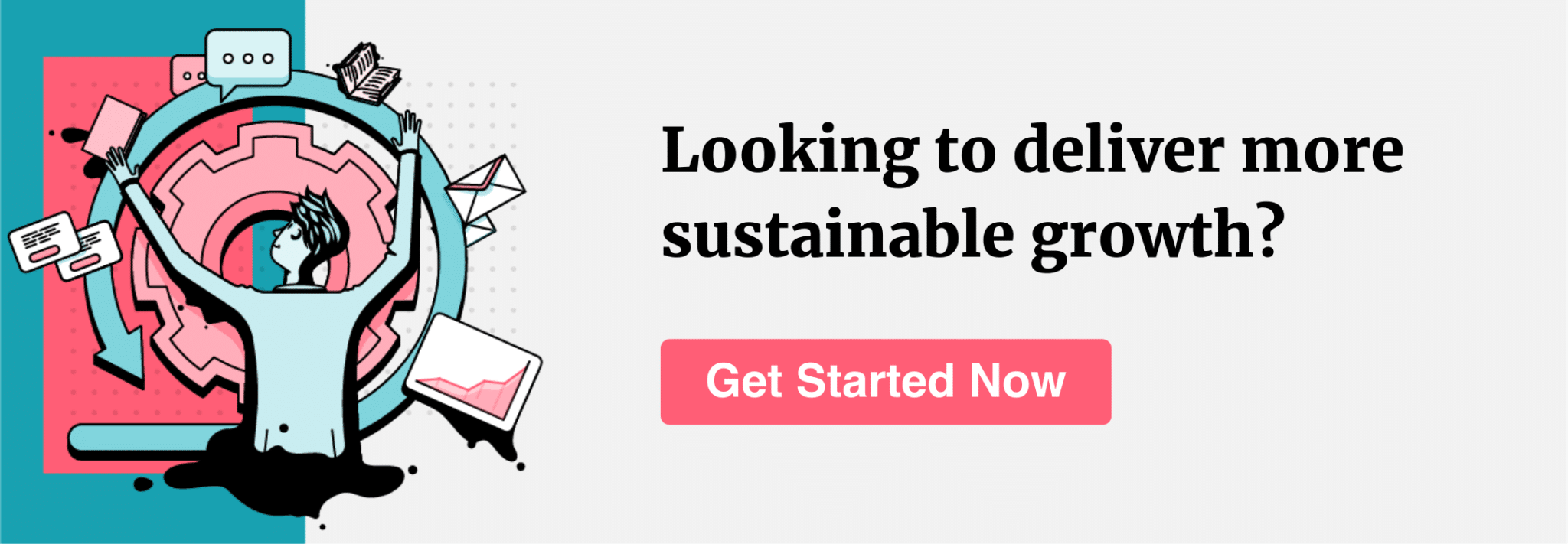The SaaS industry is growing at a compound annual growth rate (CAGR) of 18.6% and doesn’t seem to be slowing down — partially thanks to today’s remote-working practices. Easy access to different tools and products has provided teams with solutions for connectivity, productivity, collaboration, and efficiency. This has resulted in a competitive landscape, particularly for new entrants.
That doesn’t mean it’s impossible to scoop a share of the US$68.2 billion SaaS market. Your success in this industry hinges on your differentiation factor, which probably has to do with your value proposition. It’s possible to have a great product, but also to lack a succinct value proposition that makes customers click with you. Even worse, the wrong proposition can confuse and deter potential customers.
So, how do you understand your value proposition with hundreds of SaaS offerings out there? Here are three steps to help with that. Read on!
1. What is a value proposition?
Your customers can’t understand the value of your product without you explaining it to them. In a nutshell, a value proposition is a statement that explains a product’s features, uses, benefits, and differentiators, whilst also taking into account customers’ needs, wants, and problems.
Basically, it explains how customers will benefit from using the product and how it will solve their problems. To create a powerful statement, you need to have a strong understanding of the key features of your proposition that offer your desired customers value. A value proposition is your product’s elevator pitch — it should be precise, direct, and clear.
Trying to optimise your approach to B2B Marketing?
Gripped can help. Get your FREE Audit and receive a growth report benchmarking your performance, as well as an objective review of your website and strategy!
Example: Slack
A good example is Slack, a workplace communication platform for file sharing, messaging and work tools. Everyone knows the value of Slack — the revolutionary approach to communication that evades legacy silos. It has proven to be invaluable in the past year with remote working practices becoming ever-present.
According to its statement, “Slack is a new way to communicate—faster than email and more focused than chat.” It goes ahead to explain its features, such as channels, calls, messaging, Slack Connect, file sharing, integrations, and workflow builders. Making it easier for customers to understand its product and features provides much-needed value.
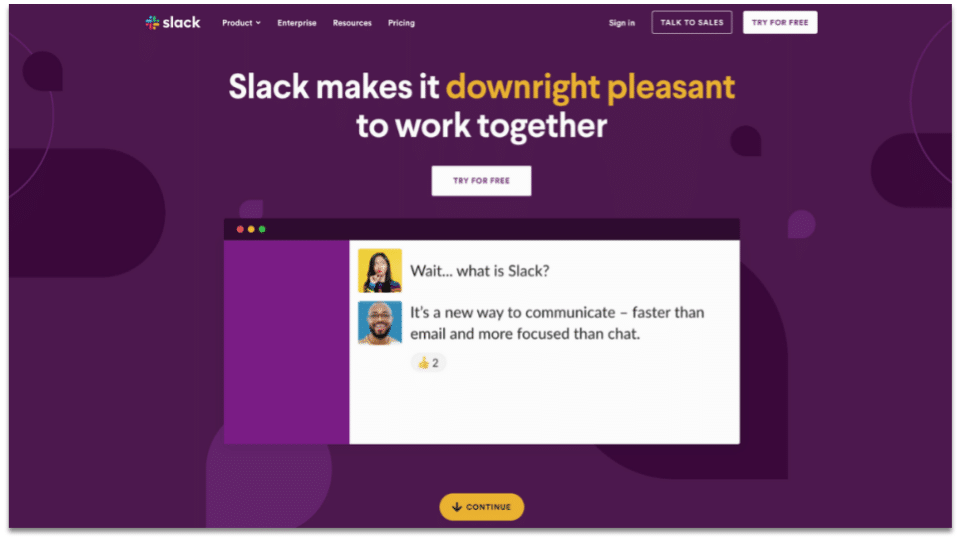
Top tips
Smaller or any SaaS companies new to the market that are attempting to make their mark, need to have a clear, concise and easily deliverable and digestible value proposition. Let the product sell itself —
- Be clear: So that your prospective customers do not lose focus or miss the value of your product.
- Be specific: Specific claims about your product are more compelling than general ones.
- Be an expert: Demonstrate domain authority and expertise to create inbound leads.
- Be focused: Focus on what matters most to the customer.
- Be targeted: If you try and appeal to everyone, you’ll appeal to no-one.
Potential customers reading the statement should immediately understand the product’s features, uses, and benefits. Plus, the statement should invoke a desire to learn more about it or try the demo.
2. What is a value proposition canvas?
A value proposition canvas is a tool that helps to ensure a product or service is positioned around what customers value and need. Developed by Dr Alexander Osterwalder, a value proposition canvas ensures a particular product fits your target market. It comprises of:
- Products and services: What customers can use to get their job done.
- Pain relievers: Solutions that the product provides to relieve customers’ pain.
- Gain creators: How the product generates gains that customers want.
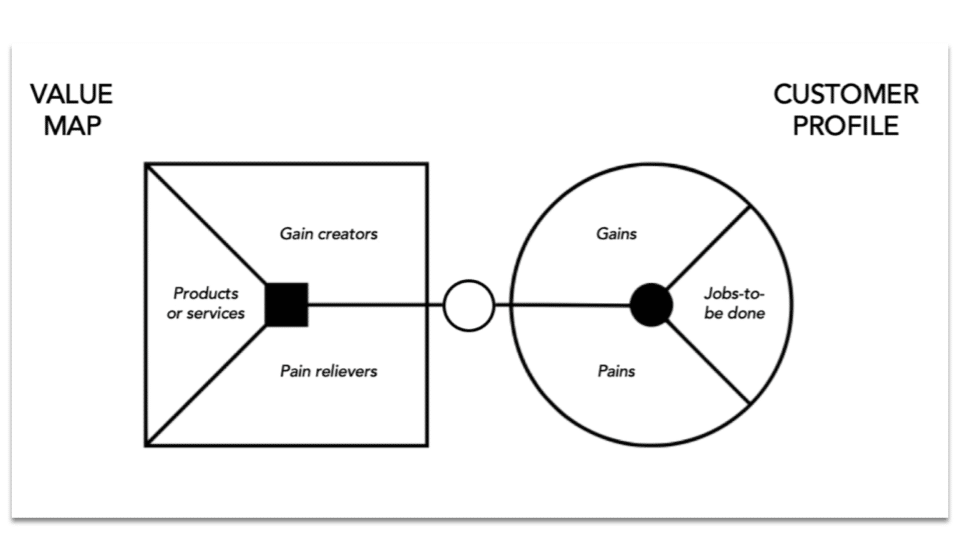
This tool helps to map out the demands and needs of a specific customer segment, allowing you to understand how your product will deliver the right solutions. You’ll need to understand your customer profile or persona, specifically their jobs, pains, and desired gains. In this case, customer segmentation is key to delivering personalised solutions that resonate with your audience.
Example: Qubit
In this example, we look at Qubit, a personalisation SaaS company designed for eCommerce businesses that created the product Qubit Commerce AI. In short, the product makes eCommerce more intelligent, personal, profitable and effective. The company delivers value to different scenarios in a variety of ways:
- Innovation: It delivers advanced, such as AI, technologies for business growth.
- Personalisation: The product boasts various personalisation services such as 1:1 product recommendations, 1:1 product badging, personalised content campaign building, actionable product insights.
- Adaptability: Qubit provides solutions for a range of 10 different industries., from fashion to online betting.
- Community: It has a community of over 300 different well known brands.
Qubit offers different solutions for different industries that can be tailored to your requirements. All of which leads to the cultivation of true personalisation, for their clients and their client’s customer journeys. This degree of personalisation affords Qubit the opportunity to deliver high-value, effective solutions to a range of clients.
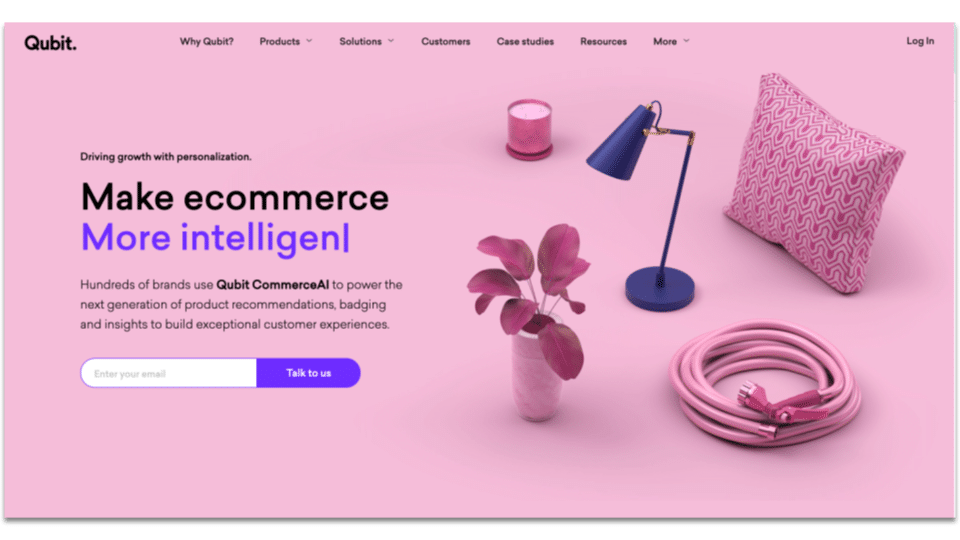
Top tips
A smaller SaaS startup, whose value proposition might not be the most well-known or immediately recognisable might approach their B2B value proposition differently. This depends on their customer persona and acquisition strategy. Here are tips you can use:
- Segment your customer pool for effective targeting and personalization.
- Identify their pains, gains, and goals, then prioritise them.
- Identify and list the key benefits of your products.
- Analyze your customer acquisition strategy and improve your product.
The success of your SaaS startup depends on how well you understand your market and product. You must understand why you developed the product in the first place. This will allow you to attain the right fit between the product and market.
3. How do you acquire customers?
Even if you have a great product and an amazing team, lacking customers means you don’t have anything valuable. Gaining a foothold in your target market needs an effective B2B customer acquisition strategy. Of course, acquiring the first cohort of customers will be challenging — still, you have to do it following these three key stages:
- Awareness: You need to make customers aware of your product through ads, blog posts, media mentions, and word-of-mouth. At this stage, you should focus on generating more leads by delivering your value proposition to potential customers. Leverage PR initiatives, events, paid ads, and SEO to get in front of your target audience.
- Engagement: After getting the attention of your potential customers, you need to drive them into your customer acquisition funnel. Use calls-to-action and other conversion tactics on your website, as well as downloadable resources and other gated resources to get their contact information and generate product/brand awareness. Their contact information will be valuable in lead nurturing via direct communications.
- Exploration: You need to keep them engaged with your value proposition. At this stage, customers have shown interest in your SaaS offering. They’re looking at your product’s features and comparing your packages. This is the time to give a free trial, freemium, or a discount to keep them engaged.
Regardless of your value proposition, bear in mind that it costs more to acquire new customers than the monthly retained-revenues they will generate for you. Getting customers through the above stages can cost more. However, you can keep your costs low by leveraging an automated customer acquisition funnel using marketing automation and on-site retargeting.
Ensure to identify and use cost-effective strategies to avoid absurd costs that will overshadow your generated revenue. Just because you’re targeting the same market as industry heavyweights doesn’t mean you have to spend like them.
Example: Grammarly
In this case, Grammarly offers a great example. The tool offers technology for checking punctuation, spelling, sentence structure, and other common errors in written texts. Grammarly offers a freemium model, which provides basic checks and suggestions for spelling, grammar, and punctuation. Users can use the free model as long as they want (exploration).
If they want to improve the style and clarity of any text, they can get the premium version, which they can pay for monthly, quarterly, or annually depending on their needs. The premium version offers checks for fluency, tone adjustments, rewriters, and other advanced suggestions, allowing users to take their writing to the next level. The value proposition here is the quality of writing users get.
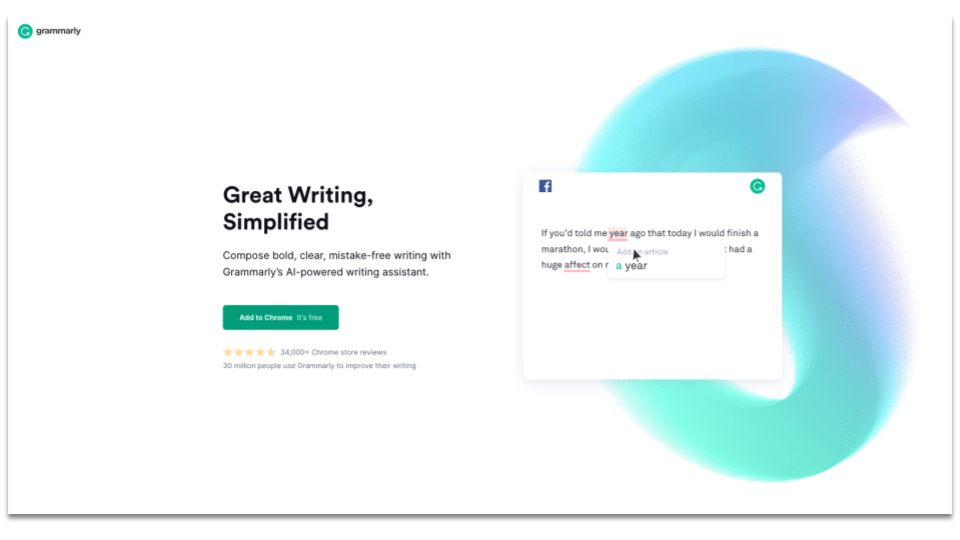
Top Tips
Earning your first customers as a SaaS startup is usually challenging, but it’s very possible. Here are effective tips you can use:
- Create a strong social media presence on sites like Instagram, Facebook, Quora, Twitter, and LinkedIn.
- Use survey and questionnaires to gather data.
- Leverage affiliate marketing to build trust and credibility.
- Use content marketing to educate your audience about your product.
- Generate paid and organic traffic to attract customers.
Bear in mind that retaining customers is cost-effective than earning new ones. So, as you aim to grow your customer base, make sure you meet the needs of your existing customers to avoid high churn rates.
Final takeaways…
Having a clear and targeted value proposition is necessary to launch a successful SaaS enterprise and also to retain your clients. You need to understand who your clients are, their pain points, and their goals to inform your value proposition.
Value proposition comes from understanding customers’ needs and wants. Your pricing structure and product offering should accommodate their needs to ensure high retention rates. Take the time to learn more about your product and how it can benefit your audience.
Remember you can always seek help to create a value proposition. Whatever goal you have, working with the right agency can help to deliver value to your audience, create a buzz for your product, and educate potential customers on the uses and benefits of your product. At Gripped, we help entrepreneurs like you to build successful B2B SaaS companies. Feel free to reach out to us.

